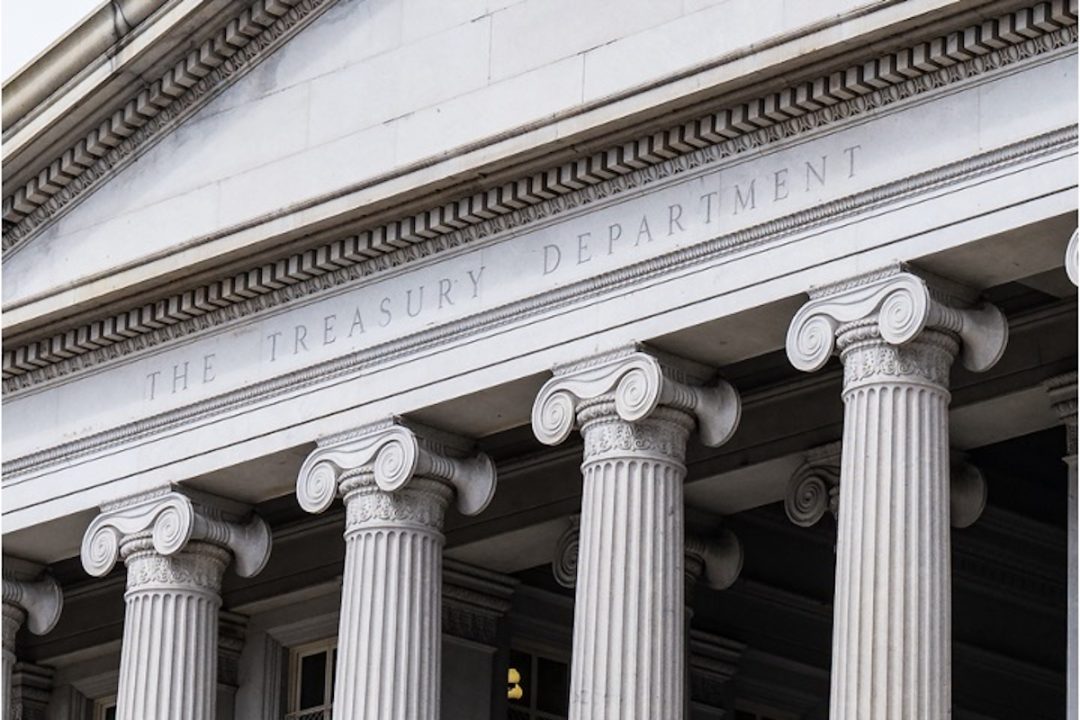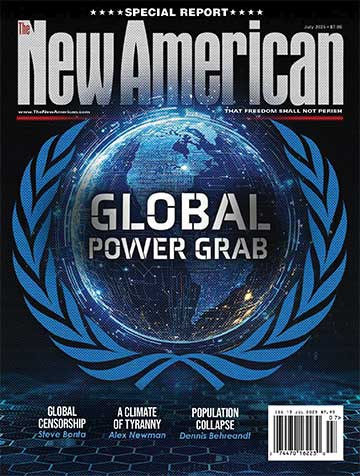
In the latest development at the U.S. Treasury, Elon Musk and his Department of Government Efficiency (DOGE) team are set to overhaul federal payment oversight with a set of “super obvious and necessary” reforms. Apparently approved by the Treasury and set for implementation, his plan requires categorization codes for all government payments, mandated written rationales for every transaction, and a stricter “Do-not-pay” list. Musk claims these measures will curb fraud and eliminate what he estimates is over $100 billion in questionable payments annually.
However, Musk’s broader push for AI-driven automation across federal agencies raises concerns about how these changes will be enforced — and whether algorithmic oversight of Treasury payments could lead to automated denials, delays, or unintended financial consequences.
Musk’s growing influence over the U.S. Treasury — the agency that manages federal spending, tax collection, and financial oversight — is no accident. Treasury Secretary Scott Bessent, a former hedge-fund manager and George Soros associate, gave Musk access to internal auditing and payment systems.
Categorization Codes: Transparency or AI Control?
The first component of the reform requires that all outgoing government payments include a categorization code. Musk argues that this is essential for financial audits. While this sounds like a straightforward transparency measure, its practical implications are far more complex.
If agencies ignore categorization, the problem isn’t missing labels — it’s why they leave those fields blank. Are agencies using outdated systems, avoiding scrutiny, or deliberately bypassing red tape? Simply forcing compliance won’t solve these problems — it will just pressure agencies to fill in something, accurate or not, to avoid penalties.
More concerning is Musk’s “AI-first approach,” which suggests that categorization won’t stop at documentation. If AI monitors payments, it will flag, delay, or deny transactions based on rigid, preset parameters. Once it categorizes spending, it can justify sweeping budget cuts, restrict funding to specific areas, and enforce efficiency models that ignore real-world complexities.
If the goal is true transparency, categorization should enhance accountability, not automation. Without careful oversight, this measure could do more to shift control to AI than to improve financial audits.
Mandating Payment Rationales: A Slippery Slope?
The second pillar of the plan requires a written rationale for every government payment. Musk argues that agencies often leave this field blank. He insists they must at least “make an attempt” to justify payments.
At first glance, this seems reasonable — after all, why shouldn’t every payment have a stated purpose? But the bigger question isn’t whether agencies will submit explanations — it’s who (or what) will judge their validity.
Musk assures that no judgment will be applied “yet.” But once agencies must provide payment rationales, someone will judge them. If AI-driven systems take over, they will scan payments at scale, possibly flagging, delaying, or denying transactions based on algorithmic misinterpretation or built-in bias.
What happens when an AI misreads an entry? Who decides what counts as an “acceptable” rationale? If AI-based fraud detection uses these explanations as data points, it could systematically deprioritize or block certain government programs based on algorithmic trends.
Rather than simply documenting payments, this change positions AI to actively govern Treasury transactions. If accountability is the goal, the Treasury should focus on human-led audits and standardized transparency measures instead of paving the way for automated spending control.
The “Do-not-pay” List: Fraud Prevention or Financial Blacklisting?
The third element of the new reform focuses on strengthening and accelerating updates to the “Do-not-pay” list. The Treasury designed the list to block payments to fraudulent entities, deceased individuals, terrorist fronts, and recipients outside congressional appropriations. Musk claims officials ignore it and take up to a year to add bad actors — far too long to be effective. His proposal? Enforce the list rigorously and update it “at least weekly, if not daily.”
While faster fraud detection makes sense, a daily updated, AI-monitored blacklist raises concerns about overreach, false positives, and financial blacklisting without due process. If automation is used to flag and block payments in real time, legitimate recipients could be mistakenly denied funds. And so far, there is no clear path to appeal.
Who sets the criteria for who gets on the list? If AI-driven fraud detection flags payments based on patterns rather than clear evidence, could government contractors, charities, or political organizations find themselves blacklisted by mistake?
Strengthening the “Do-not-pay” list is logical, but it must prioritize accuracy, accountability, and due process — not just automation for the sake of “efficiency.” Without proper oversight, this reform could easily morph from a fraud-prevention tool into an AI-driven system of financial exclusion.
Who Writes the Code?
Even if we were to assume that Musk’s intentions are entirely noble — despite all evidence to the contrary — the public might want to consider a slightly inconvenient detail: What happens when the next administration gets its hands on these tools?
AI can be reprogrammed far faster than bureaucrats can be replaced. That means today’s fraud-detection system can just as easily become tomorrow’s financial-enforcement mechanism. A blacklist meant to catch bad actors could suddenly start flagging political opponents, independent journalists, or anyone whose spending habits don’t align with the regime’s priorities.
Where Is Congress?
While Musk and DOGE reshape Treasury and other agencies, Congress is missing in action.
The institution meant to control federal spending is practically handing the reins to unelected technocrats. A billionaire with a corporate empire spanning AI, defense, space, telecommunications, social media, and autonomous vehicles now controls the allocation, tracking, and denial of government funds — with almost no scrutiny.
Last week, Republicans blocked attempts to subpoena Musk, unwilling to question his growing influence over the federal government. Reportedly, some lawmakers fear crossing Musk, knowing that dissent could cost them their seats.
Lawmakers who love to grandstand about oversight should be asking real questions. Who is actually writing the rules for AI-driven financial governance? What safeguards — if any — exist to stop algorithmic overreach? And when AI-controlled payment systems fail or are abused, whom will Congress hold accountable?
So far, silence. Treasury’s transformation is charging ahead, unchecked, unchallenged, and barely noticed. No hearings, no debate — just the quiet hum of automation replacing human oversight, one algorithm at a time.
Low-tech Fix
AI isn’t necessary to root out fraud — enforcing existing laws, eliminating waste, and decentralizing power to the states is. The real solution? Shut down unconstitutional agencies and reduce Washington’s bloated bureaucracy, making fraud easier to detect and harder to hide.
Instead of handing financial governance to algorithms, Congress should:
- Conduct independent audits, not rely on AI black-box decisions.
- Enforce fraud laws with real oversight, not automated denials.
- Increase transparency in spending, without AI filtering.
- Return financial control to the states, where accountability is stronger.
Musk’s “AI-first” approach doesn’t prevent fraud — it consolidates power. The real risk isn’t fraud itself, but who gets to decide what qualifies as fraud in the first place.
Related:
Reprogramming the Republic: Musk’s Quiet AI Takeover of Federal Power





